Online listings and more specifically, property photos have become the new first showing. Buyers no longer want to waste time slogging through dozens of homes in order to find “The One”. Like it or not, todays buyers eliminate properties based on first impressions. Great property photos motivate homebuyers to move those homes to the top of the stack. Good REALTORS® know this and insist on the highest quality photos.
Good quality images are generally described as being clean, clear, bright and even. Additionally, the expectation is that the shots will use a wide angle lens in order to clearly showing the entire room. Great photos should convey emotions as well as a sense of comfort and style; a place that would make you happy to live in.
Professional photography starts with professional equipment. Modern DSLR (Digital Single Lens Reflex) cameras are ideal for real estate work. These cameras give the photographer the ability to realistically see what they are producing, allowing the experienced photographer to make adjustments for different lighting conditions. Additionally, the DSLR allows the photographer to change lenses, as needed. If your property pictures are done with a phone or point and shoot camera, you will want to take a look at the results before going live, especially when compared to other homes on the market.
The next step for any professional real estate photographer is going to be post production work. This involves color correction, white balance adjustments, vertical adjustments from effects of wide angle lenses and more. Truly great photographers will take the post production process a step further and produce “enfused” or “HDR” (High Dynamic Range) images. Both of these treatments require a lot more work but in the end provide much more photorealistic images, ones that really stand out from the pack.
The human eye, perceives a much wider dynamic range of light than any camera possibly can. HDR Photography techniques like “Exposure Fusion” and “Tone Mapping” processes compensate for the camera’s lack of dynamic range by allowing the photographer to take multiple images of a single scene. These images cover the range from seriously under exposed to very overexposed. The photographer then uses special software in order to merge these images, adjusting the pixels based on the overall image. The resultant image shows a significantly wider dynamic range than any single image can. Here is a side by side comparison of a “properly” exposed single image and a Exposure Fusion version of the same scene.
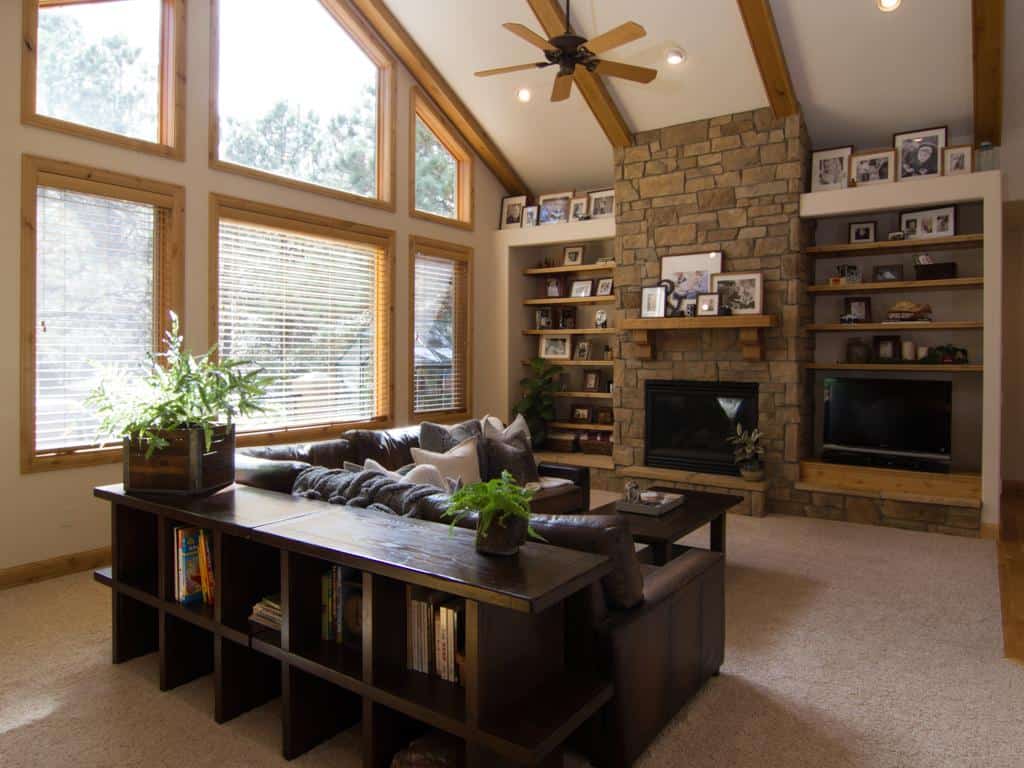 |
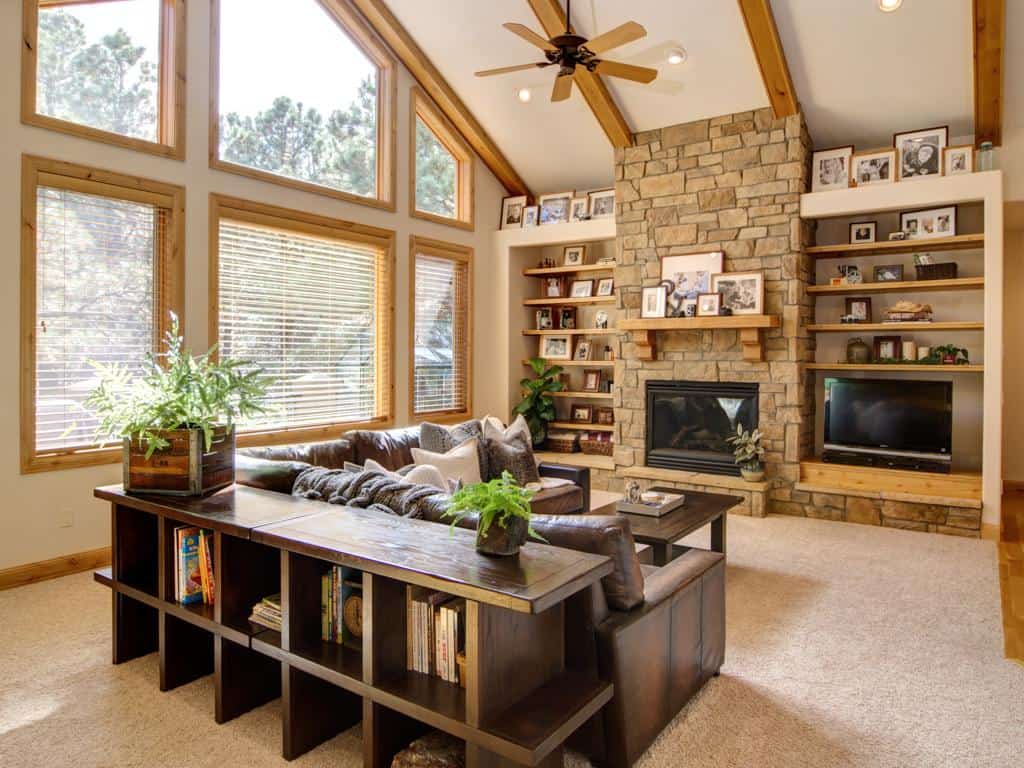 |
| Normal, appropriately exposed image | Exposure Fusion Version |
The Exposure Fusion version shows a much more even, clean look without changing the fundamental look of the room. In order to accomplish this, we used the following 7 total exposures. These were processed in PhotoMatix Pro and the rendered as the resulting Exposure Fusion above.
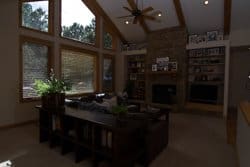 |
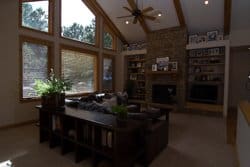 |
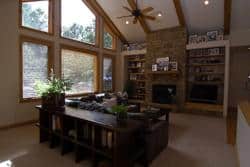 |
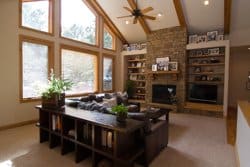 |
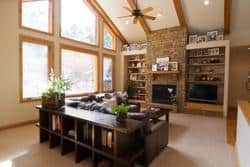 |
 |
 |
The second option we have when working in a program like PhotoMatix Pro, is to render the image with “Tone Compression”. We have found this process to be helpful but only in certain cases. We feel like the images result in a fake or overprocessed look. Here is the same image rendered as an HDR image with tone compression:
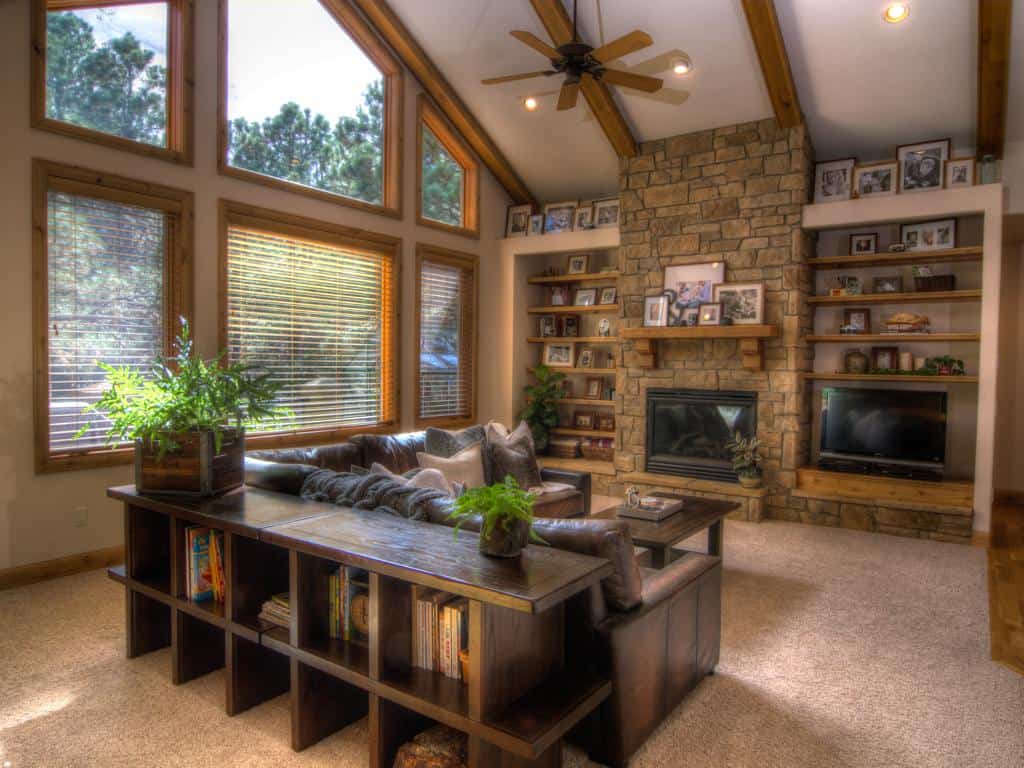 |
 |
| HDR with Tone Compression | Exposure Fusion |
We feel like Tone Compression give the images a fake, over processed feel. Since our goal is to realistically show our for sale listings in the best possible light, we primarily use the fusion method.
No matter what processing techniques the photographer uses, it is the Realtor’s job to make sure their for sale listings are presented in the best light possible. If you have any questions about Real Estate Photography or are interested in talking to us about selling your home, please give us a call.

